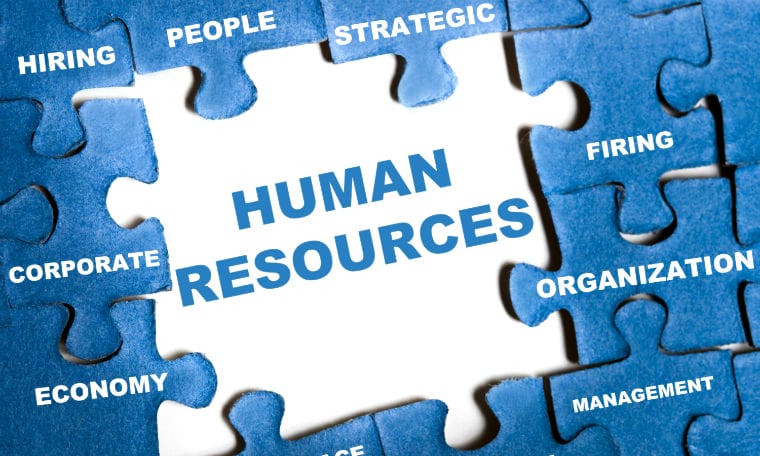HR Administration
Dear Workforce How Should We Conduct Performance-Appraisal ‘Calibration’ Meetings With Managers?
By Staff Report
Sep. 7, 2011
Dear Managing to Succeed:
Every organization has nuances within its performance management system, such as the use of rating scales, competencies, weighting, overall rating and so on. Therefore, here are some general guidelines and tips. Many clients find these helpful when incorporating “calibration” meetings into their performance management process.
Calibrating across individuals is often important as well to ensure consistency in the use of the ratings. The approach that works best is to conduct calibration meetings in which managers reach agreement on how the ratings are applied to roles with similar job expectations. For example, trying to calibrate nurses with accountants would be an exercise in futility. Thus, it is wise to first aim for intradepartment calibration and, once achieved, to strive for interdepartment calibration.
In preparation for a calibration meeting, a manager should complete the following for each employee: all performance data, individual ratings for each goal and competency, and a proposed overall rating. Appraisal conversations should not be held until after the calibration meeting. During the calibration meeting, the managers then review the proposed overall ratings and reach consensus. An effective ground rule for the meeting is that the manager must agree to change the rating; it should not be forced on the manager.
Let’s assume your overall rating uses a five-point scale, with five being the highest rating. To make the meeting most efficient, begin with the individuals whose proposed rating is five. Each manager who has proposed a five gives rationale for the rating. Other managers may ask questions and introduce additional performance data, provided they have firsthand knowledge of the individual being discussed. Once all individuals rated to be at level five are discussed, their managers are asked if they want to change any ratings. Other managers may indicate that one or more of their employees deserves a five rating as well, and they are given an opportunity to provide rationale. Once all discussion is complete, the group reaches consensus on that group of individuals.
Discussion then moves to the individuals rated at one, and follows a similar structure, until the managers reach a consensus. Once that group is completed, discussion moves to the individuals rated at four, and then the individuals rated at two. For individuals rated at three, do a quick check to see if any manager believes an individual should be given a different rating. Once all groups are considered, a final check for consensus can be completed.
Calibration meeting tips:
• Begin the performance management cycle with SMART (Specific, Measurable, Achievable, Realistic and Time-Bound) objectives.
• Confirm understanding of what “meets expectations” means; this is the goal.
• Rely on the data to determine level of performance.
• Remain objective; avoid the “halos/horns” effect.
• Secure an impartial meeting facilitator.
When the process is conducted in a fair manner, managers not only walk away with confidence in their ratings, but also have a strong group understanding of how to apply the ratings in the future.
SOURCE: Linda Miller, Development Dimensions International, Pittsburgh
LEARN MORE: Managers sometimes need reinforcement to complete timely performance reviews.
Workforce Management Online, February 2011 — Register Now!
The information contained in this article is intended to provide useful information on the topic covered, but should not be construed as legal advice or a legal opinion. Also remember that state laws may differ from the federal law.
| Ask a Question | Dear Workforce Newsletter |
Schedule, engage, and pay your staff in one system with Workforce.com.
